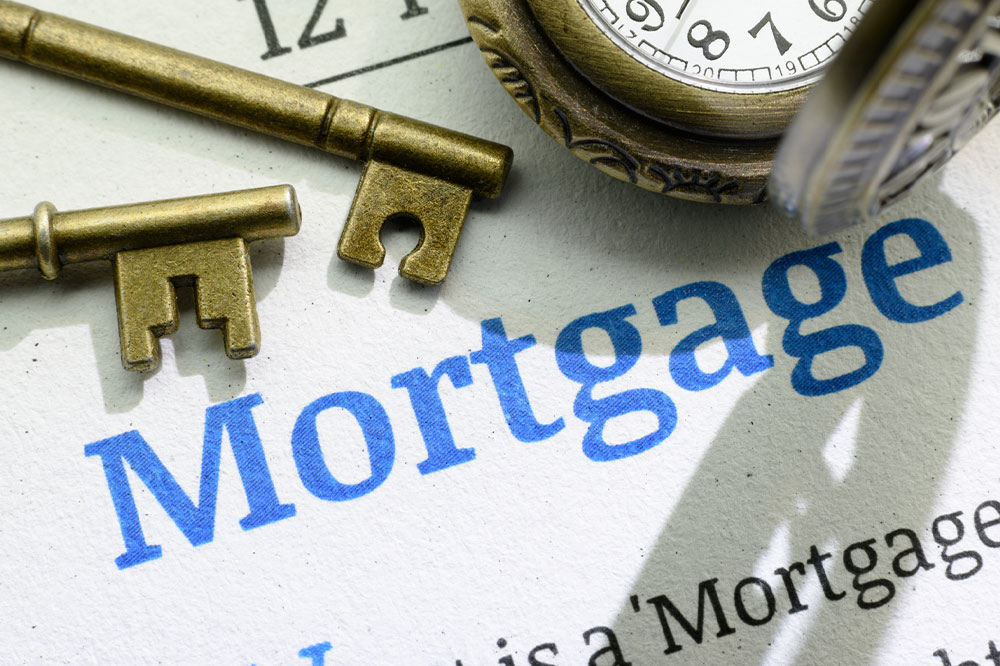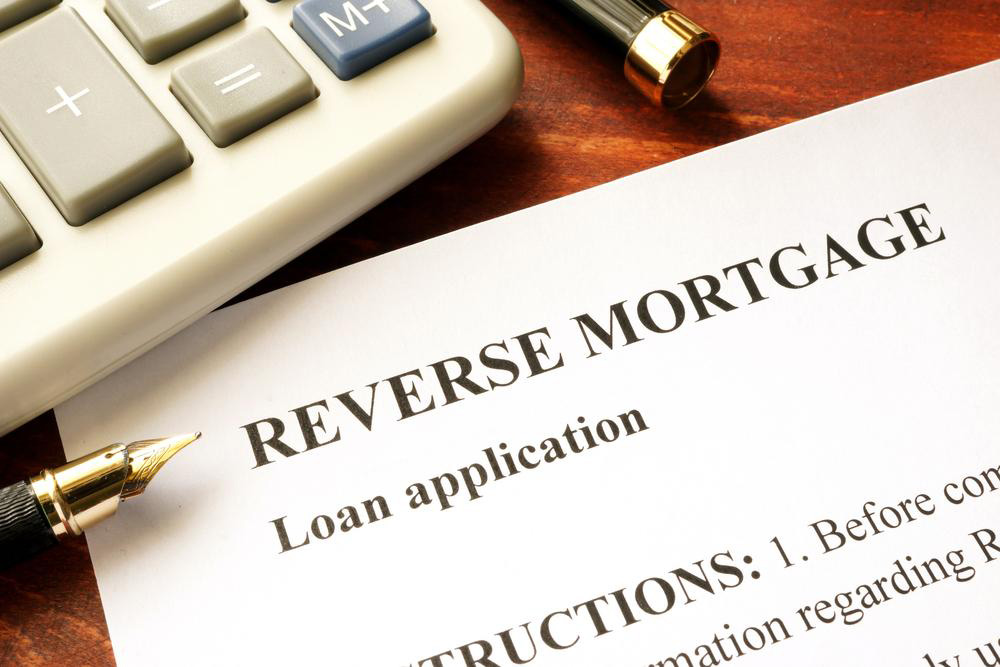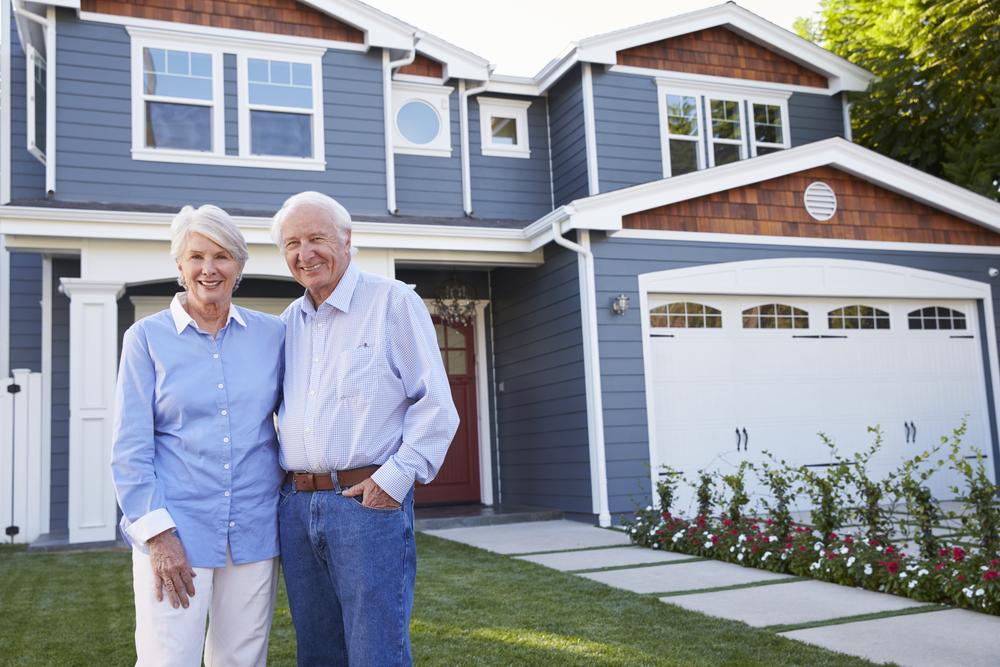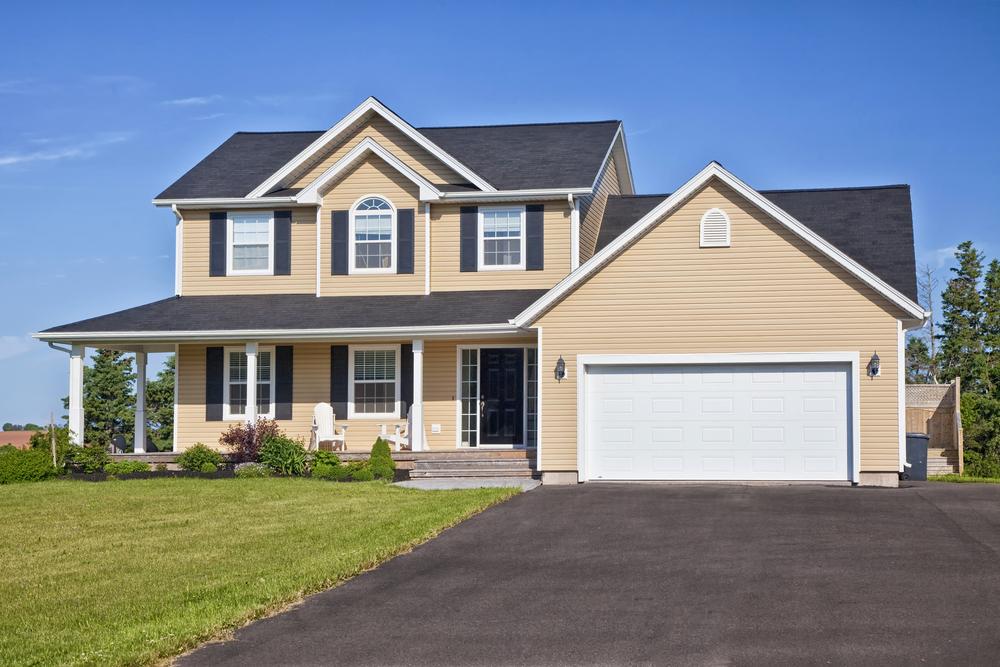Types of Subprime Home Loans Explained
This article provides an overview of subprime mortgage options, including fixed-rate, interest-only, ARM, and dignity mortgages. It explains the features, benefits, and risks associated with each type, helping borrowers understand their choices. With detailed insights, it guides those with poor credit in making informed decisions about home financing. Stay updated on mortgage trends, tips, and industry news through our resources and social media channels.

Understanding the Different Types of Subprime Mortgages
A subprime mortgage is a loan offered to individuals with a credit score below 640 or no credit history at all. According to the Federal Deposit Insurance Corporation, these borrowers often have a history of delinquencies, bankruptcies, or low income. Borrowers who have missed at least two payments in the past year are also considered subprime. Due to higher risk, lenders charge elevated interest rates on these loans.
Interest rates vary depending on the borrower’s profile and lender policies. Here are the main types of subprime mortgage options available for those with poor credit histories.
Fixed-Rate Subprime Mortgage
A long-term fixed-interest subprime mortgage can last 40 to 50 years, compared to the common 30-year term. Longer durations reduce monthly payments but typically come with higher interest rates. Rates differ among lenders, so it’s advisable for borrowers to compare options by consulting multiple banks.
Interest-Only Mortgage
This type allows borrowers to pay only the interest for an initial period of 5, 7, or 10 years. Principal payments are optional during this phase. After the interest-only period, the borrower begins paying off the principal. Refinancing at a better rate is also an option to pay off the existing loan in one sum.
Variable Rate Mortgage (ARM)
ARMs start with a fixed interest rate for a set time, then switch to a floating rate based on an index like ICE LIBOR plus a margin. Initial payments are lower but increase once the rate becomes variable. A benefit is that rates can decrease over time, reducing monthly costs when they drop.
Dignity Mortgage
This unique plan requires a substantial down payment of around 10% upfront. The borrower pays a high fixed interest for about 5 years. Timely payments reduce the mortgage balance and lower the interest rate to the prime rate, making payments more affordable.
While risky for banks, subprime loans are highly profitable and widely offered, especially to borrowers with poor credit scores.
Stay updated on mortgage news and tips by visiting
Mortgage Resources. Follow us on Facebook and Twitter for the latest investment insights.
Note:
The information on our blog covers various topics, providing helpful insights. However, readers should view these articles as informational, not definitive. The site is not responsible for discrepancies or errors across different sources. Additionally, some schemes or offers may not be included here but could be more beneficial for certain borrowers.









